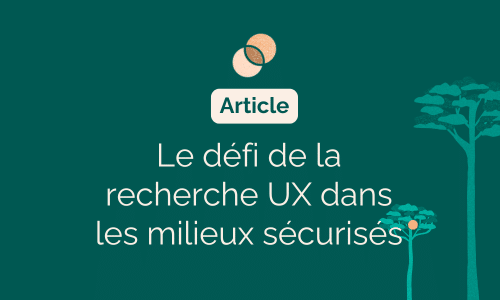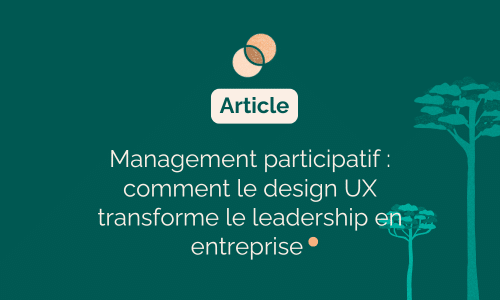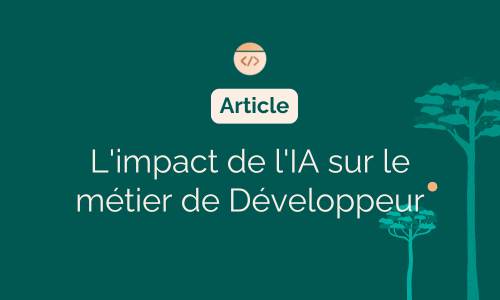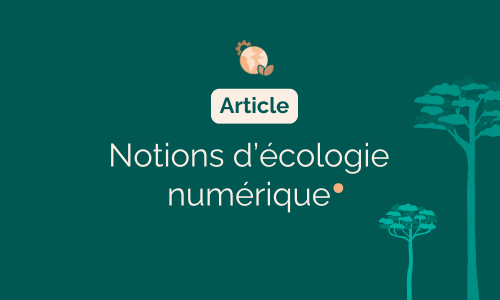In ultra-secure environments - whether nuclear power plants, military sites or strategic data centers - UX research / user research is a complex exercise. Each tool or system must meet critical needs while respecting strict security protocols. These constraints make user access, data management and workflow analysis particularly difficult.
So how do you conduct effective UX research when direct access is limited, if not impossible? Let's explore the challenges and strategies together.
A restrictive restrictive, but essential
In secure environments, every interaction between user and system can have critical consequences. Operators work under pressure, in conditions where time, accuracy and compliance with protocols are essential. The slightest error can have human, environmental and financial repercussions.
The challenge of UX research
One of the biggest challenges of UX research in these environments is the limited access to users. Technicians, engineers and operators rarely have time for interviews or user testing. What's more, administrative barriers and security restrictions further complicate these interactions.
To get around these limitations, it's essential to plan ahead by working with managers to organize precise slots and optimize time spent with users. It is also advisable to prioritize key users by working with representatives who can convey the overall needs of their team. Alternative methods can also be adopted, such as remote data collection via questionnaires, logbooks or indirect observation sessions.
Capitalize on previous studies for better UX research
Rather than starting from scratch, it's essential to build on existing research and centralize this knowledge to optimize the user experience.
Setting up a UX database
A common database of all previous UX studies will enable us to better structure and exploit the information gathered. This documentation must integrate observations and methodologies in a format accessible to all stakeholders. By identifying common trends between different projects, teams can more effectively guide future UX research and decisions.
Collaborate with the internal network to enrich knowledge
It is beneficial to consult UX experts who have already worked on similar projects, and to organize collaborative workshops to share learnings and insights. These exchanges help to enrich hypotheses, validate user needs and structure UX approaches, taking into account the specificities of each secure environment.
Contactless UX research : methodologies adapted to secure environments
In the face of access limitations, it's crucial to rely on innovative strategies. Here's an example of a UX research cycle adapted to secure environments.
1. Understanding the context in the discovery phase
The discovery phase consists of identifying constraints and opportunities by exploiting existing data and consulting stakeholders. It is based on documentary analysis of procedures, follow-up of support tickets and interviews with security managers.
2. Refine needs with an exploratory approach
The aim of this stage is to model needs adapted to local constraints. To achieve this, a competitive analysis of existing solutions and the creation of personas based on available data are used to build a solid foundation for design. User scenarios are then validated through co-design sessions with domain experts.
3. Validate solutions with appropriate tests
Once the solutions have been designed, it is essential to test them to ensure their suitability. To this end, simulations based on pre-existing data, prototype laboratory tests and performance benchmarks are carried out to ensure compliance with safety requirements.
4. Integrate feedback for continuous improvement
Last but not least, active listening to users enables us to continually improve the user experience. Analyzing usage logs, collecting indirect feedback and progressively integrating feedback into product iterations are all necessary actions to guarantee an optimized, high-performance system.
Conclusion: innovate with structured UX research
UX research in high-security contexts is a real challenge. However, by adopting a rigorous, tailored approach, it is possible to develop solutions that meet critical user needs while respecting security requirements.
Do you need an audit, advice or specific support for your UX projects in a constrained environment? Our experts are ready to meet your challenges!

Jonathan LALANNE
Practice Leader Product Design in Bordeaux & UX/UI Designer







